Know Your Place #6 - "Rangeworthy"
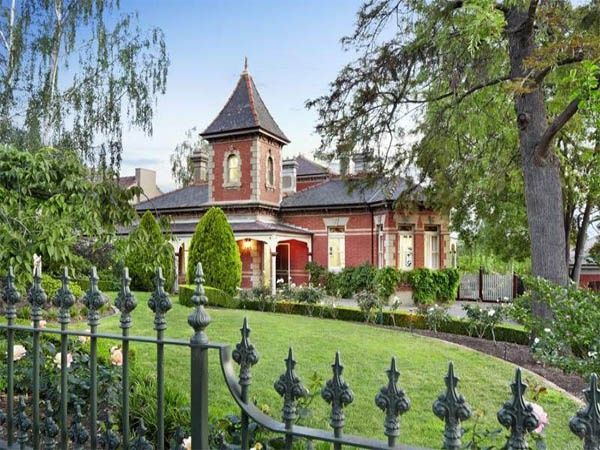
The Rangeworthy estate land subdivision in 1901 allowed 70 acres of land to be carved up without due regard for public parks or sensible road alignments.
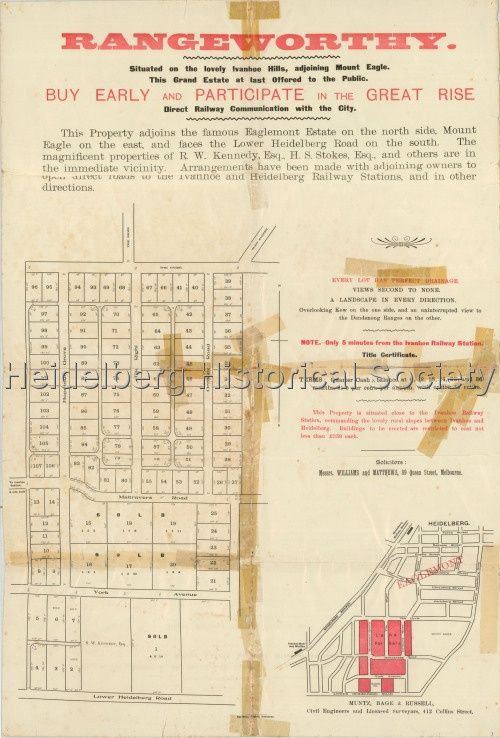
Looking back from today's vantage point we see the folly of allowing housing estates to be created according to farmer's pre-existing paddocks.
Roads to nearby points of interest were laid out according to neighbouring farmer's convenience, so if you have been pondering why there is a bend in Maltravers Road..........
Which of the 107 blocks in the 70 acres should have been reserved or purchased for local parks?
The original "Rangeworthy" was named after an area in Gloustershire, England, by owner George Wall. There was a house - long demolished by 1910 - right atop the hill above the current "Rangeworthy".
So nostalgic for the old country was the primary producer Mr. Wall, owner of the place, that he also named his bullock "Rangeworthy".
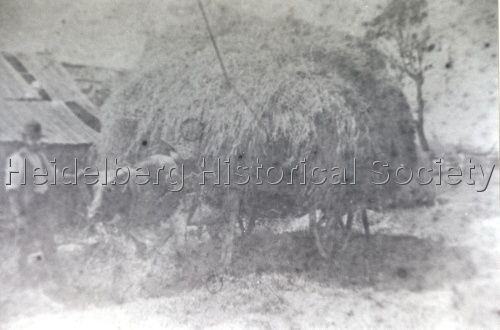
Note the 1910 vendor of the "Rangeworthy" property release - Cr. W. J. Brewer - was a sitting member of Heidelberg Council.
He was a busy businessman too -
"Brewer was a timber merchant - importer, sawmiller, builder, joiner, ironmonger, case maker, painter and paperhanger at Grant Street Clifton Hill and Elizabeth Street in Melbourne.
He was born in Heidelberg in I860, the son of John Brewer who was an old 'colonist' of the area. Educated in Heidelberg and Melbourne, William commenced a contracting business in 1881 with his brother, known as Brewer Brothers.
The brother J.H. Brewer died In 1889 and thus the contracting side of the business lapsed.
William specialised in importation of Oregon, deal, walnut and cedar, whilst for the local market, he had developed portable iron buildings of all sizes for farming in remote areas.
As well he was investing in real estate; having released 107 allotments in the suburbanization of Ivanhoe (Rangeworthy Estate)..
For his own home he chose the already suburbanised banks of the Yarra at Fairfield and from there represented the Heidelberg Council, from 1896-1904."
Mercury and Weekly Courier, 11.10.1901, Page 2
"Rangeworthy (late Wall's) Estate.
We have received from Cr. W. J. Brewer a subdivisional plan of about 70 acres of land for private sale.
It is close to the Ivanhoe railway station, on the direct line to Heidelberg, situated about six miles from the Flinders street terminus, and adjoins the Eaglemont estate which is noted for its beautiful slopes and extensive landscape views.
The whole of the country in this locality is very attractive, and some very handsome dwellings are now in course of construction in Eaglemont, which has a building restriction, making it impossible to erect small cheap tenements.
The allotments are offered from 25s to 40s per foot, and buildings to be erected are restricted to a cost of not less than £350.
Arrangements have been made with adjoining owners to open direct roads to Ivanhoe and Heidelberg railway stations and in other directions."
1940s View of "Rangeworthy"
Painter David Davies Lived at "Rangeworthy"
Not in the 1910 house that took the name "Rangeworthy" but an earlier property.
"David Davies, painter and one of six children, was born on 21 May 1864 at Ballarat, Victoria. He attended art classes at the Ballarat School of Mines and Industries, and from 1886 to 1890 studied at the National Gallery School. During this time he visited Streeton at the old farmhouse on the Mount Eagle estate owned by Charles Davies, who was brother to his future wife. In 1890, he travelled to Paris to study at the Academie Julian, and on 18 December 1891, married fellow student, Janet Sophia Davies. The couple returned to Australia in 1893, and briefly settled at 'Rangeworthy' in Ivanhoe. The following year, 1894, the couple moved to Templestowe......."
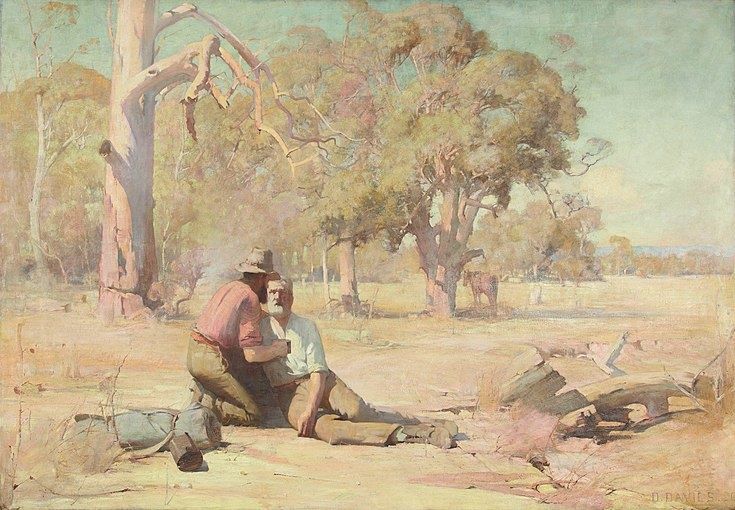
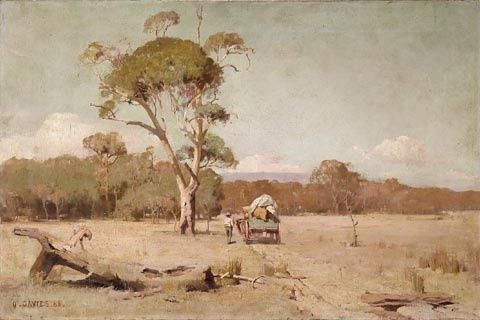
The Quarry at Rangeworthy
T. James and Sons quarry at Rangeworthy supplied gravel for local roadmaking in the early 1900s.
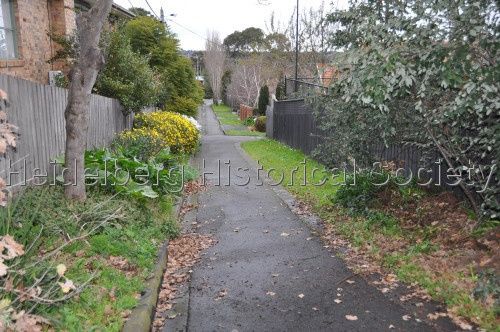
Member discussion